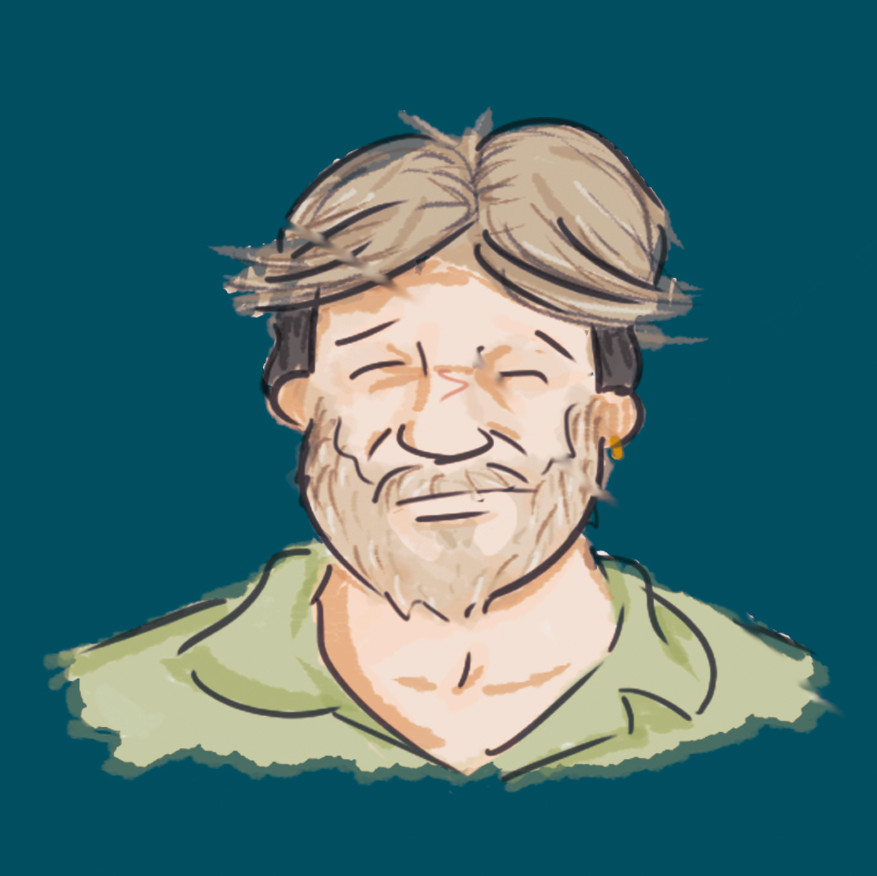The Daily Nerd (February 28th, 2014)
Table of Contents
The Daily Nerd (February 28th, 2014) #
https://youtube.googleapis.com/v/j6zseFi070E&source=uds Making Fun: Mission Control Desk
My older son recently started school and needed his own desk for doing homework. I wanted to make something nicer than a simple tabletop with legs, and realized that I could also build in a bit of fun for when the homework is finished. Both my boys and I still had space travel on our minds from our summer trip to Kennedy Space Center. For this desk project, I decided to go with a NASA theme. I researched the Apollo Program as well as NASA’s Mission Control Center, and designed my own console roughly based on those. I say “roughly” because the actual Mission Control does more monitoring than controlling, and isn’t awash in the whiz-bang rocket noises young kids appreciate. I took great liberties and made more of a “space-themed” play console than an accurate simulator. My goal was simply to provide some extra ideas and sound effects for my two sons to play “space” together.
3D Maps Reveal a Lead-Laced Ocean
About 1000 meters down in a remote part of the Atlantic Ocean sits an unusual legacy of humanity’s love affair with the automobile. It’s a huge mass of seawater infused with traces of the toxic metal lead, a pollutant once widely emitted by cars burning leaded gasoline. Decades ago, the United States and Europe banned leaded gas and many other uses of the metal, but the pollutant’s fingerprint lingers on — as shown by remarkably detailed new maps released here this week at the 2014 Ocean Sciences Meeting.

Are We Shooting Ourselves in the Foot with Stack Overflow?
Unless you’ve been living under a rock for a past couple of years, you must have heard of the Toyota unintended acceleration (UA) cases, where Camry and other Toyota vehicles accelerated unexpectedly and some of them managed to kill people and all of them scared the hell out of their drivers.
The recent trial testimony delivered at the Oklahoma trial by an embedded guru Michael Barr for the fist time in history of these trials offers a glimpse into the Toyota throttle control software. In his deposition, Michael explains how a stack overflow could corrupt the critical variables of the operating system (OSEK in this case), because they were located in memory adjacent to the top of the stack. The following two slides from Michael’s testimony explain the memory layout around the stack and why stack overflow was likely in the Toyota code (see the complete set of Michael’s slides).
